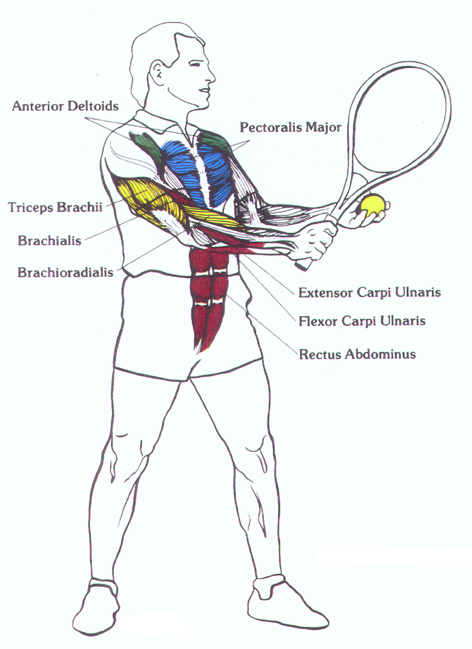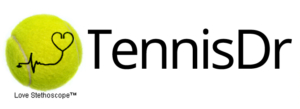
What makes this tennis blog different?
As an Exercise Physiologist, Biomechanist, and Ergonomics Consultant, my students have learned
to ask questions about human performance that most tennis coaches might not get, such as:
Biomechanically, what made Federer such a good model for tennis movement?
I have trouble getting enough partners to practice when I need to, what should I do to improve?
What warm-up and stretching routine is right for me?
Should I try to imitate the Djokovic serve?
What elements make a good tennis lesson?
How do I know when my eye skills are impacting my tennis?
Why do the pros often drink from two bottles on the change overs?
What mental priorities should I review before I serve ?
My opponent keeps making bad line calls, what do I do?
What do the pros eat before a match and when?
How did Pete Sampras and Roger Federer stay #1 for so long?
What are the main features of a good tennis shoe and what shoes are right for me?
Why do my wrists hurt while I’m on the computer?
Is there an underlying cause of Nadal’s injuries?
What is the difference between a tennis coach, tennis instructor, and tennis trainer?
Is there anything I can do to see the tennis ball better?
When I swing like Nadal, how come my forehand doesn’t go in?
How should cross train for tennis when I’m off court or in the gym?
These are just some of the great questions I get. In this blog, we will take a swing at all them.
Go forward. Life is more fun at the net!
Sincerely,
TennisDr
